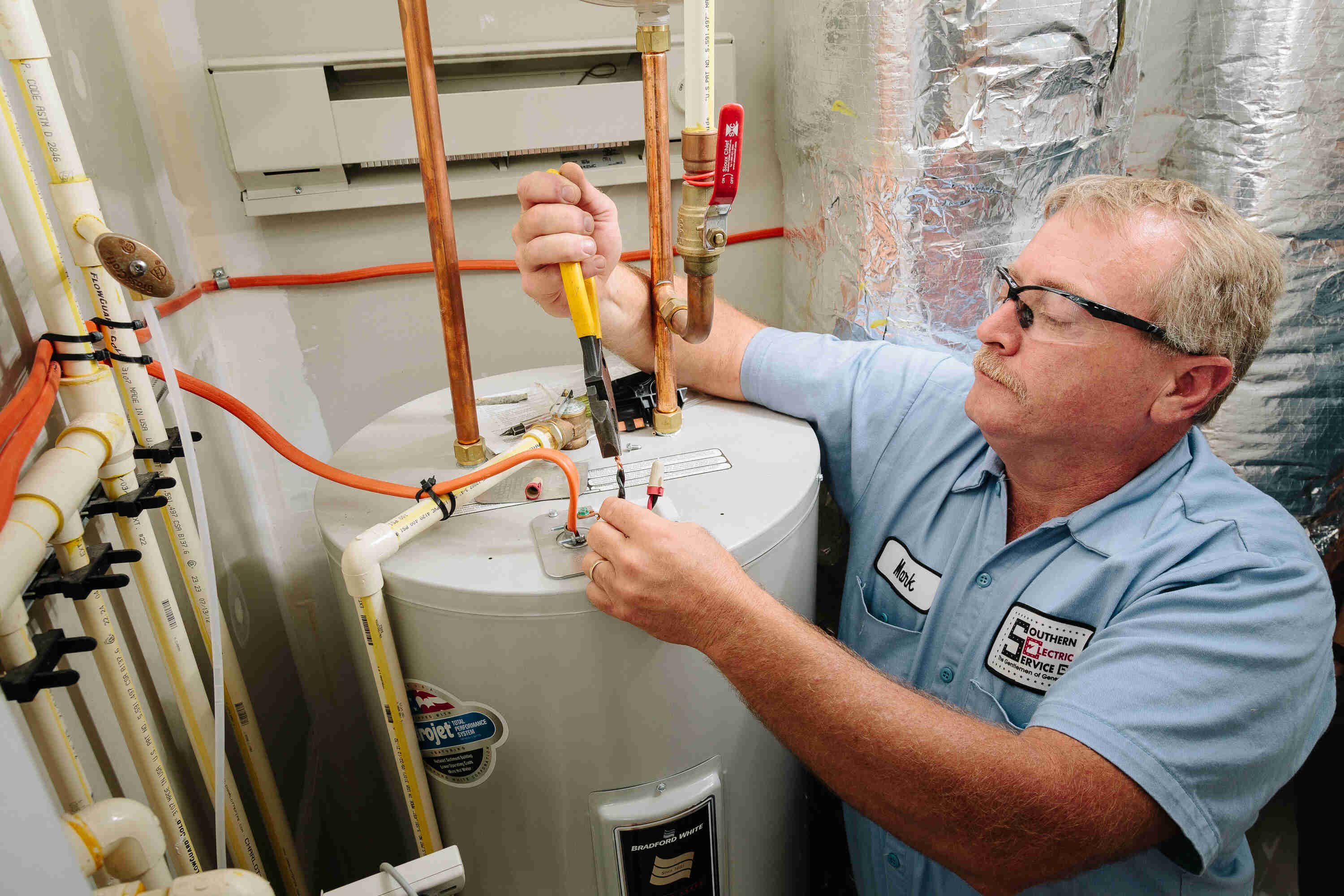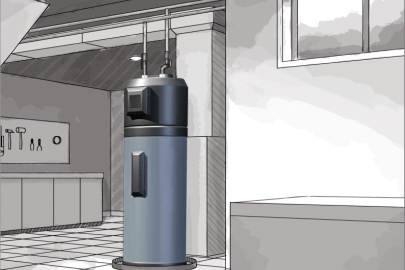What're your ideas with regards to How to Maintain a Hot Water Heater in a Few Simple Steps?

Warm water is essential for daily comfort, whether it's for a revitalizing shower or cleaning dishes. To ensure your hot water system runs successfully and lasts longer, routine maintenance is essential. This post supplies functional ideas and understandings on exactly how to maintain your home's warm water system to stay clear of disturbances and pricey fixings.
Intro
Keeping your home's warm water system may seem daunting, yet with a couple of straightforward actions, you can guarantee it operates smoothly for years to come. This overview covers every little thing from comprehending your hot water system to DIY upkeep pointers and recognizing when to employ expert help.
Importance of Maintaining Your Warm Water System
Routine maintenance not only expands the life-span of your warm water system but also guarantees it runs effectively. Neglecting upkeep can bring about reduced efficiency, greater power expenses, and even premature failure of the system.
Signs Your Warm Water System Demands Upkeep
Understanding when your hot water system needs attention can protect against significant concerns. Watch out for indications such as inconsistent water temperature, strange sounds from the heating system, or rustic water.
Flushing the Water Heater
Purging your hot water heater eliminates sediment buildup, improving performance and extending its life.
Checking and Replacing Anode Rods
Anode rods protect against deterioration inside the storage tank. Examining and replacing them when broken is important.
Complicated Issues Calling For Expert Help
Instances consist of major leaks, electric issues, or if your water heater is consistently underperforming.
Regular Expert Upkeep Advantages
Professional maintenance can include detailed evaluations, tune-ups, and guaranteeing conformity with safety criteria.
Checking and Adjusting Temperature Level Setups
Changing the temperature level setups guarantees optimal efficiency and safety and security.
DIY Tips for Upkeep
You can execute a number of maintenance jobs yourself to maintain your warm water system in leading condition.
Looking for Leaks
Consistently examine pipelines and connections for leakages, as these can lead to water damages and higher expenses.
Understanding Your Warm Water System
Prior to diving into upkeep jobs, it's valuable to comprehend the basic elements of your warm water system. Generally, this consists of the hot water heater itself, pipes, anode poles, and temperature level controls.
Regular Monthly Upkeep Tasks
Regular regular monthly checks can aid catch small issues before they intensify.
Testing Pressure Relief Valves
Evaluating the stress safety valve ensures it operates correctly and stops too much pressure accumulation.
Insulating Pipelines
Shielding warm water pipes decreases warm loss and can conserve power.
When to Call a Specialist
While do it yourself maintenance is advantageous, some problems need expert experience.
Verdict
Normal upkeep of your home's warm water system is crucial for efficiency, durability, and expense financial savings. By following these tips and knowing when to seek expert assistance, you can make sure a reliable supply of warm water without unanticipated disturbances.
How to Maintain an Instant Hot Water Heater
Before tinkering with your hot water heater, make sure that it’s not powered on. You also have to turn off the main circuit breaker and shut off the main gas line to prevent accidents. Also turn off the water valves connected to your unit to prevent water from flowing into and out of the appliance. 2. When you’re done, you have to detach the purge valves’ caps. These look like the letter “T†and are situated on either side of the water valves. Doing so will release any pressure that has accumulated inside the valves while at the same time avoid hot water from shooting out and burning your skin. 3. When the purge valves’ caps are removed, you have to connect your hosing lines to the valves. Your unit should have come with three hoses but if it didn’t, you can purchase these things from any hardware or home repair shops. You can also get them from retail stores that sell water heating systems. Read the user’s manual and follow it to complete this task properly. When the hosing lines are connected, open the purge port’s valves. 4. You should never use harsh chemical cleaners or solutions when cleaning your unit. Make use of white vinegar instead. It should be undiluted and you’ll probably use about 2 gallons. 5. Now flush your water heater. This task should probably take about 40 minutes. We can’t give you specific directions for this because the procedure is carried out depending on the type, model and brand of your heater. With that being said, refer to the user’s manual. 6. When you’re done draining the unit, you have to turn off the purge port valves again. Remove the hosing lines that you earlier installed on each of the water valves. Put the valve caps (purge port) back in their respective places and be very careful so as not to damage the rubber discs that are found inside these caps. 7. Now that everything’s back in place, check your user’s manual again to find out how to reactivate your water heating system. 8. Once it is working, turn one of your hot water faucets on just to let air pass through the heater’s water supply pipes. Leave the tap on until water flows smoothly out of it. https://www.orrplumbing.com/blog/2014/september/how-to-maintain-an-instant-hot-water-heater/

Do you appreciate reading about What Kind of Maintenance Do Water Heaters Need?? Leave a comment below. We would be pleased to know your opinion about this blog. In hopes that you visit us again soon. Sharing is nice. You won't know, you may very well be doing someone a favor. I praise you for being here. Revisit us soon.
Book A Service